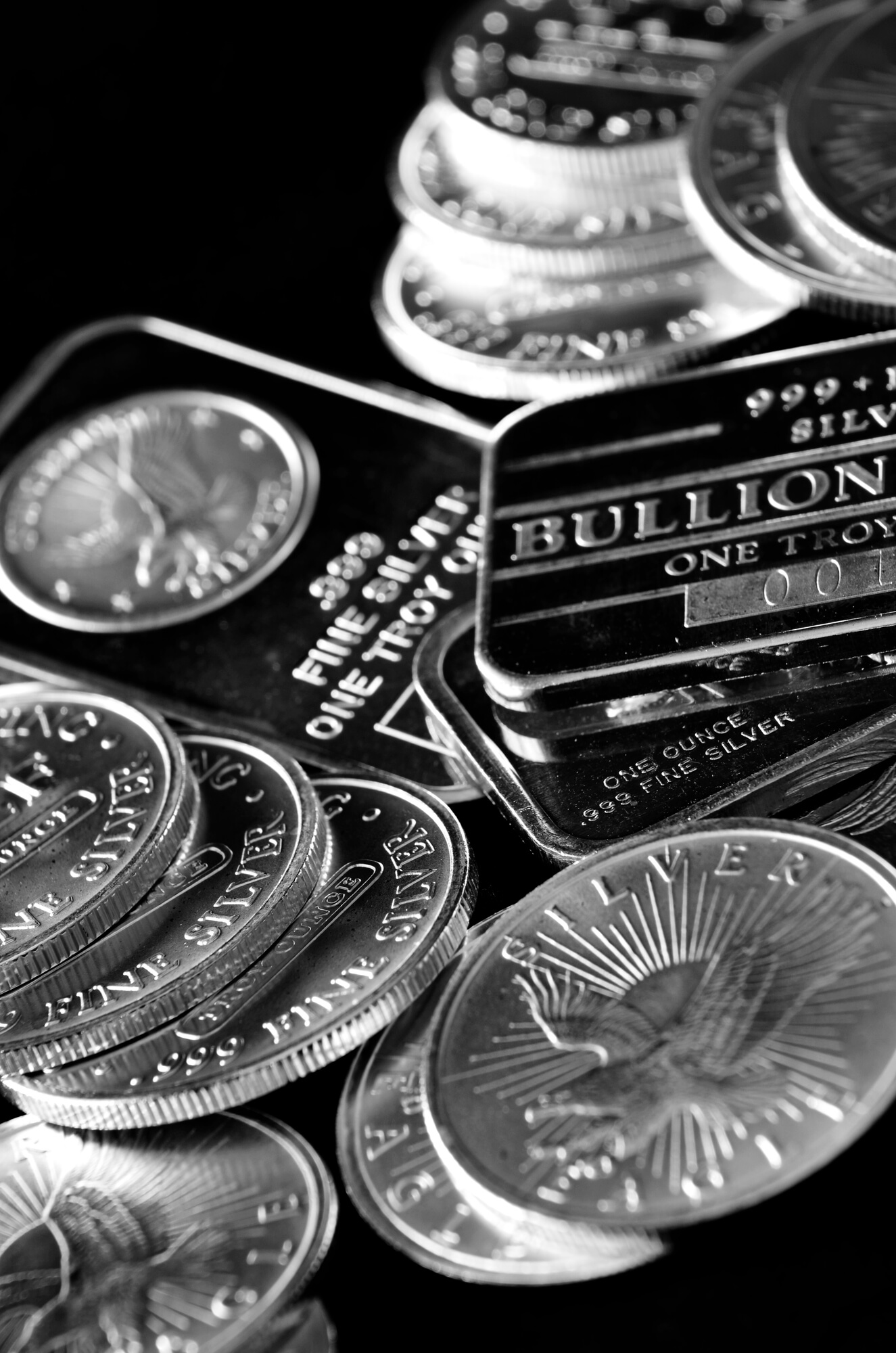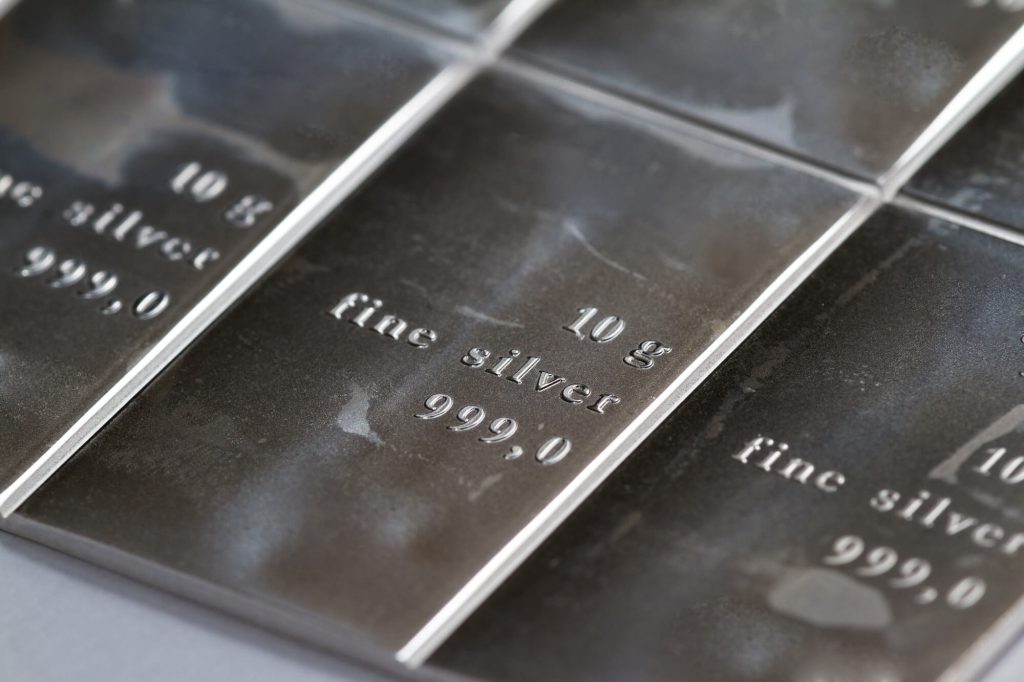Sterling silver is an alloy of silver that contains 92.5% pure silver and the remaining other metals, usually copper. The term “sterling silver” itself is believed to have originated in the Eastern Roman Empire from which narrow strips of silver, known as “little stars” or “stérǐngoi,” were used as currency. Today, alloy strength, combined with the natural beauty of silver, makes it ideal for use ranging from jewelry to implements. Today, sterling silver is marked ‘925’, and this actually describes its 92.5% percentage of silver. Throughout the history of time, sterling silver has always been considered with high regard because of its lustrous finish and performs up to par. It also stays as a constant category of precious metals around the world. If you want to learn more about this, you get to study the Types of Silver.
Rich Historical Background of Sterling Silver
The history of sterling silver is tied with the evolution of human civilization and dates back to ancient times. Ancient twelve-century Europe, especially England, seemed to create more organization for sterling silver. The hallmarking system of the early England, one milestone in hallmarks, was among the first to enforce the sterling standard and it required that all silver should be assayed before they were sold. This way, this ensured that any description on a certain item making it to be known as silver included 92.5% content of pure silver.
Over the years, sterling silver extended to be used as a standard for monetary systems hence found in use for production of coins due to its durability compared with fine silver. Not only did it extend to be used as currency but also this alloy gained popularity in the manufacture of decorative arts, household items and jewelry. As a matter of fact, even today you can find many stunning silver sterling artifacts in museums across the globe, capturing the finesse and workmanship of artisans right throughout history.
Why Everyone’s Raving About Sterling Silver
The appeal of sterling silver is more than skin deep. For one, its shine and sparkle are unmatched, at least by any other white metals, which it does with a sheen that is nothing short of mesmerizing.
Next, there’s its resilience. Thanks to a dash of copper and a sprinkling of other metals, sterling silver packs more durability than its counterpart, fine silver. That strength empowers artisans to weave magic, crafting intricate patterns that stand the test of time.
What’s more, sterling silver does not break the bank. It posits all the opulence and grandeur of flashier metals but at a fraction of the cost. It’s luxury that’s attainable to all.
And let’s now touch upon its rich tapestry of cultural and spiritual ties. To many, silver is not just a metal, but that’s the piece of history and a touch of divine.
Woven together, these reasons highlight why sterling silver should be the real love affair rather than a trnd.The Many Hats Sterling Silver Wears
Think sterling silver is all about jewelry or silverware? Think again! Count the surprising ways this versatile metal graces our world.
- Electronics: Sterling silver is relatively the best material in the manufacturing of high-quality switches and connectors due to its excellent electrical conduction.
- Photography: If we dig deep down into the cores of traditional film photography, we will find silver nitrate and halides playing pivotal roles.
- Medicine: Not all healing bling! Silver’s stronghold anti-microbial prowess glistens in surgical and wound care products. Surgical tools made out of sterling silver are also corrosion resilient, turning them into medical miracles.
- Musical Magic: For the musical maestros out there, sterling silver brings the game up for instruments like flutes, saxophones and trumpets either forming its body or fine tuning to make those perfect notes.
- Fashion Beyond Jewelry: Sterling silver isn’t just contained to the world of jewelry but in the sartorial world, it enlivens clothing accessories all the way from chic buckles and brooches to a few upmarket eyewear collections as well.
So whether on the runway, to an OR or setting rhythm of a jazz band; its use brings sterling silver’s undying appeal and value.
Introducing Vermeil
Vermeil, generally thought of as ‘gold plated’ is a great choice for all those who love gold but prefer the cost-effectiveness and durability of sterling silver. Gold is bonded to a base that is pure silver, through this process of electrolysis.
This will create a stronger and longer-lasting coating than traditional gold plating.Vermeil pieces can frequently be taken as perfect gold to an untrained eye, so it is a popular choice in necklaces, bracelets, rings, and earrings. The material uses the designers of jewelry since they want a happy medium between their customers who demand quality, longevity and at the same time cost-effective.
Tarnish – The Enigma
Tarnishing of silver or oxidation processes is a natural reaction that takes place with sulphur in the air, forming a chemically hard blackened surface known as silver sulphide. While to many people tarnish is a disadvantage, it’s an attribute that other people glorify and give the jewelry a unique look by giving the impression that they are vintage or antique. If you would like to know more about tarnishing of silver, then there is an equally-detailed article on Does Silver Tarnish that can read. The rate at which this sterling silver will tarnish depends upon different factors amongst them being the environment (more sulphur in the air causes quick tarnishing), and the wearer’s own body chemistry.
Keeping sterling silver stored in a dry, air-tight environment will slow the rate of tarnish. Many products are available commercially for this purpose along with polishing on a regular schedule that keeps tarnish from building up.
Beyond “925” in Jewelry – What does 925 mean on jewelry
The hallmark “925” on silver jewelry parts the world over as the greatest treasure. However, it is not only transcendental of the other marks one may chance upon. For instance, in 950 stands for slightly higher silver content (95% silver and 5% alloy) common in older or hand made pieces. The other commonly known hallmark used in some countries is 800 that indicates 80% silver context.
Other than the silver content, hallmarks can as well determine the origin of the piece, maker, and even dating. For example, “925 Italy” means that it was actually made in Italy using sterling silver. Some of the makers do stamp their own unique symbols to show legitimacy.

More on Oxidized Silver
Oxidized silver refers to sterling silver that is controlled through an oxidation process for patina development. This involves dipping the item in a chemical solution to facilitate darkening of the metal, thus ending up with either blackish or grayish tones.
in the making of antique-inspired jewelry, that’s especially loved because oxidation can be targeted to specific areas better in order to enhance the textures and details in a design. Because of jewelry oxidized silver, the areas darkened can be polished leaving the darker parts, which will give depth and contrast to the piece.
Fine Silver Knowledge
Fine silver is the purest form of silver you can buy with its 99.9% silver content. It has a absolutely brilliant white luster and a soft smooth texture. Fine silver tends to scratch and dent because silver is extremely malleable so it’s best for items that don’t see heavy use.
On the other hand, fine silver is very rarely used for jewelry because its much softer and more prone to scratching and deforming than sterling silver. It’s often used in bullion bars, very high-quality silverware, and investment pieces where the high silver purity matters more than durability.
The Value of Sterling Silver
The value of sterling silver items depends on several factors such as the current price of silver, weight, and craftsmanship. There are also sterling silver pieces that would hold a greater monetary worth if they are antique, are the creation of a designer, or are from certain periods as these can be deemed very rare.
Whenever in doubt as to the worth of your sterling silver pieces, it is always best to have a well-known expert do the appraisal. All these things put together will allow them to give you a more realistic assessment of its worth.
Care for Sterling Silver
With proper care, the shine and quality of your sterling silver items can be preserved for years. Here are tips that can help:
- Prevention is the Best: Be careful of exposing your silver to harsh chemicals like chlorines, cleaning products, cosmetics, and perfume as they would speed up tarnishing.
- Regular Cleaning: After use of your silver item, wipe this gently with a soft piece of cloth to do away with residual oils and other residues that may have come into contact with the piece.
- Deep Cleaning: Use a specialized silver cleaner or mix some warmed water with mild dish soap and an added few drops of ammonia. Softly brush the silver using a soft toothbrush, rinse and then dry it out.
- Storage with care: Silver items should be stored in a cool and dry place when they are not being used. One can even put little silica gel packets or anti-tarnish strips in the storage area to absorb up the moisture in the air and gases that result in tarnish.
Collector, artisan, or just in love with sterling silver, learning about the history, value and care will enhance your enjoyment of this wonderful metal.

